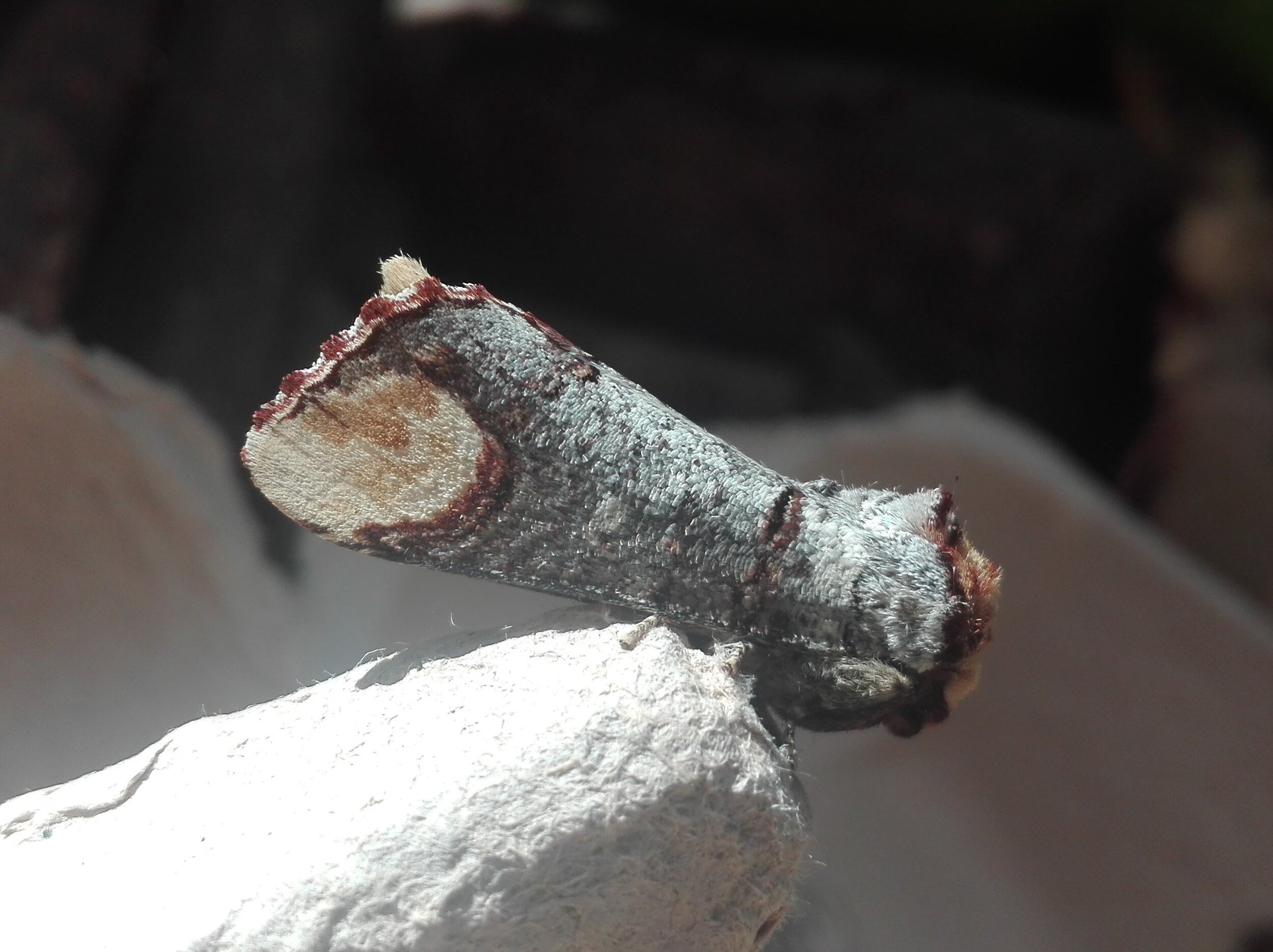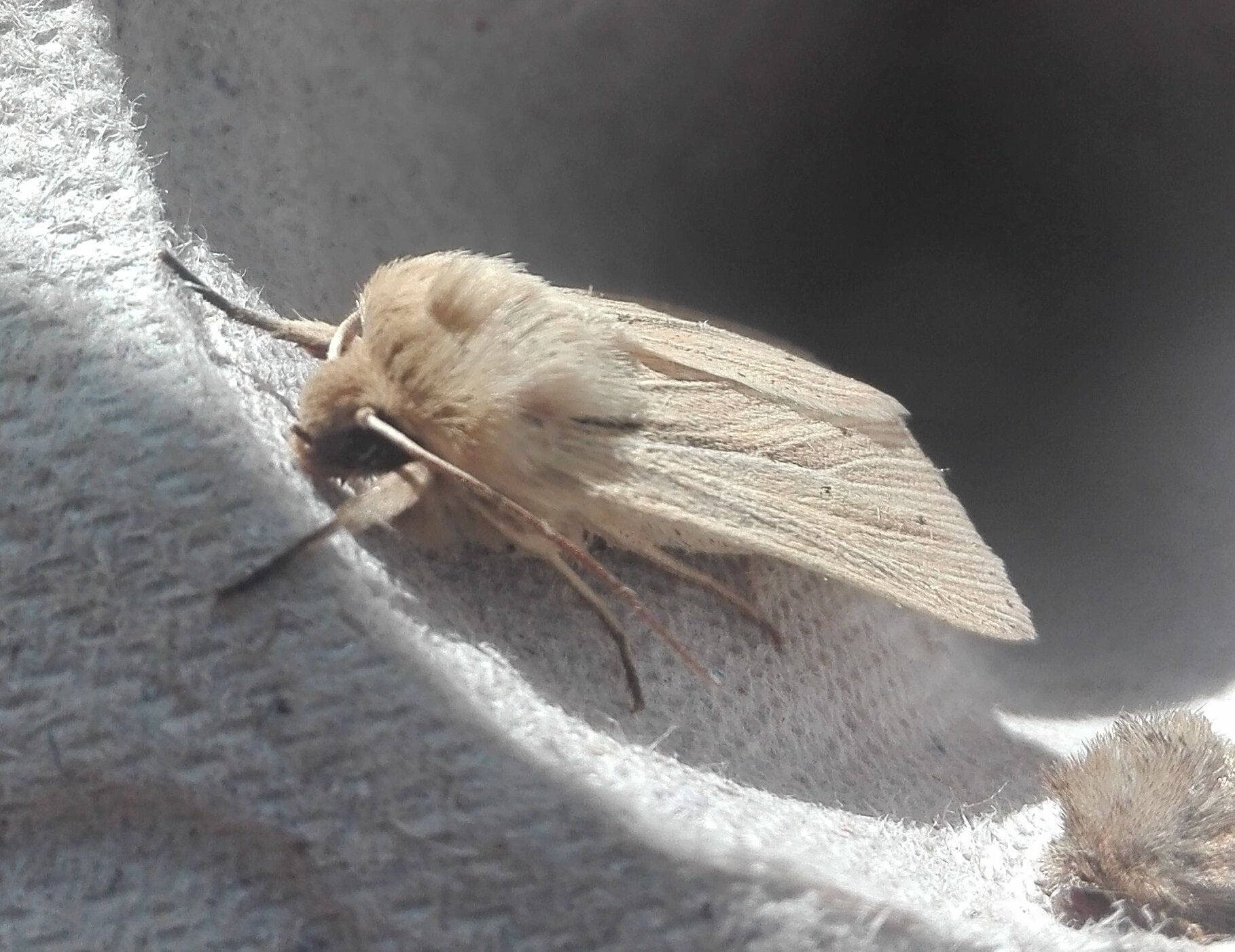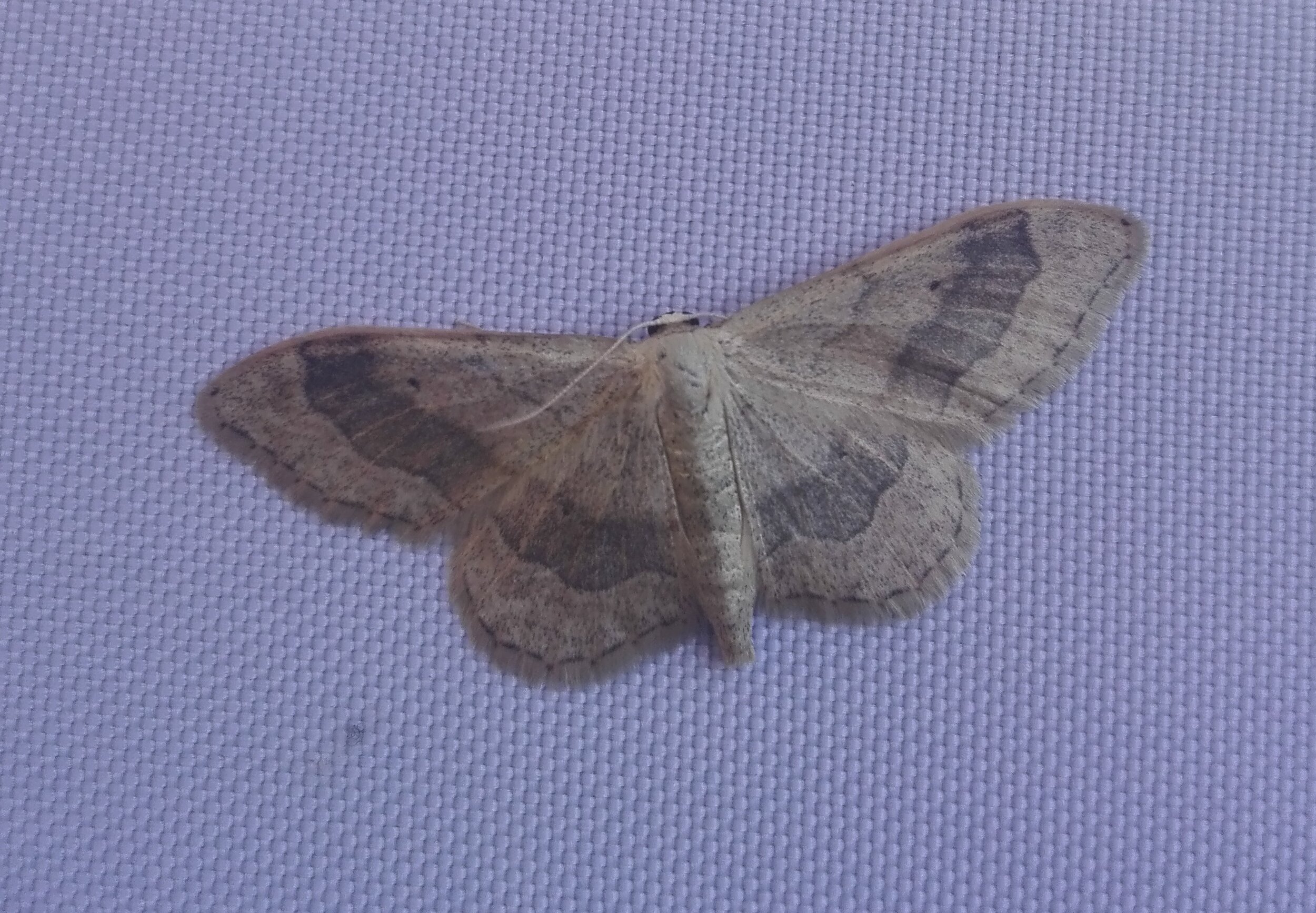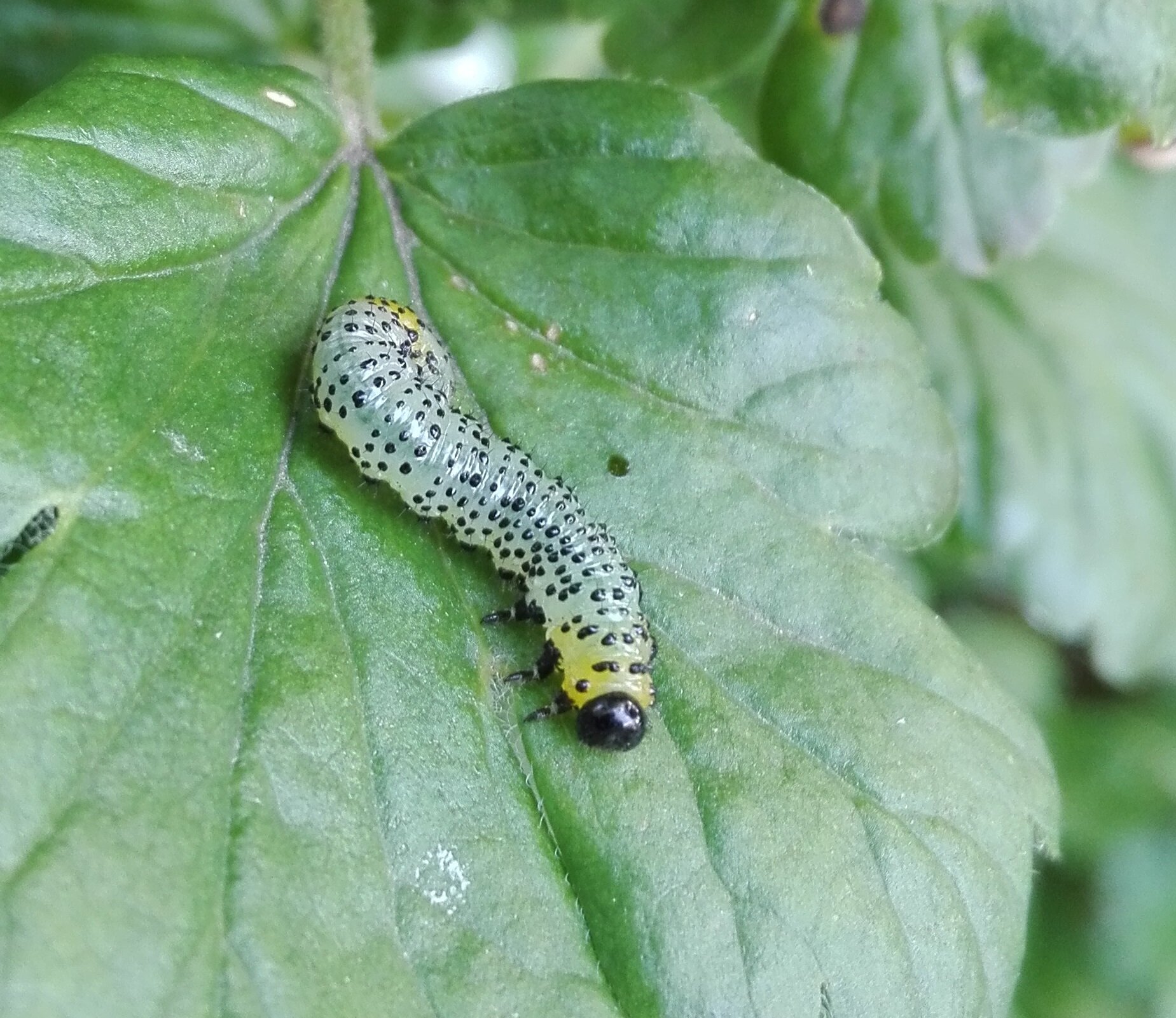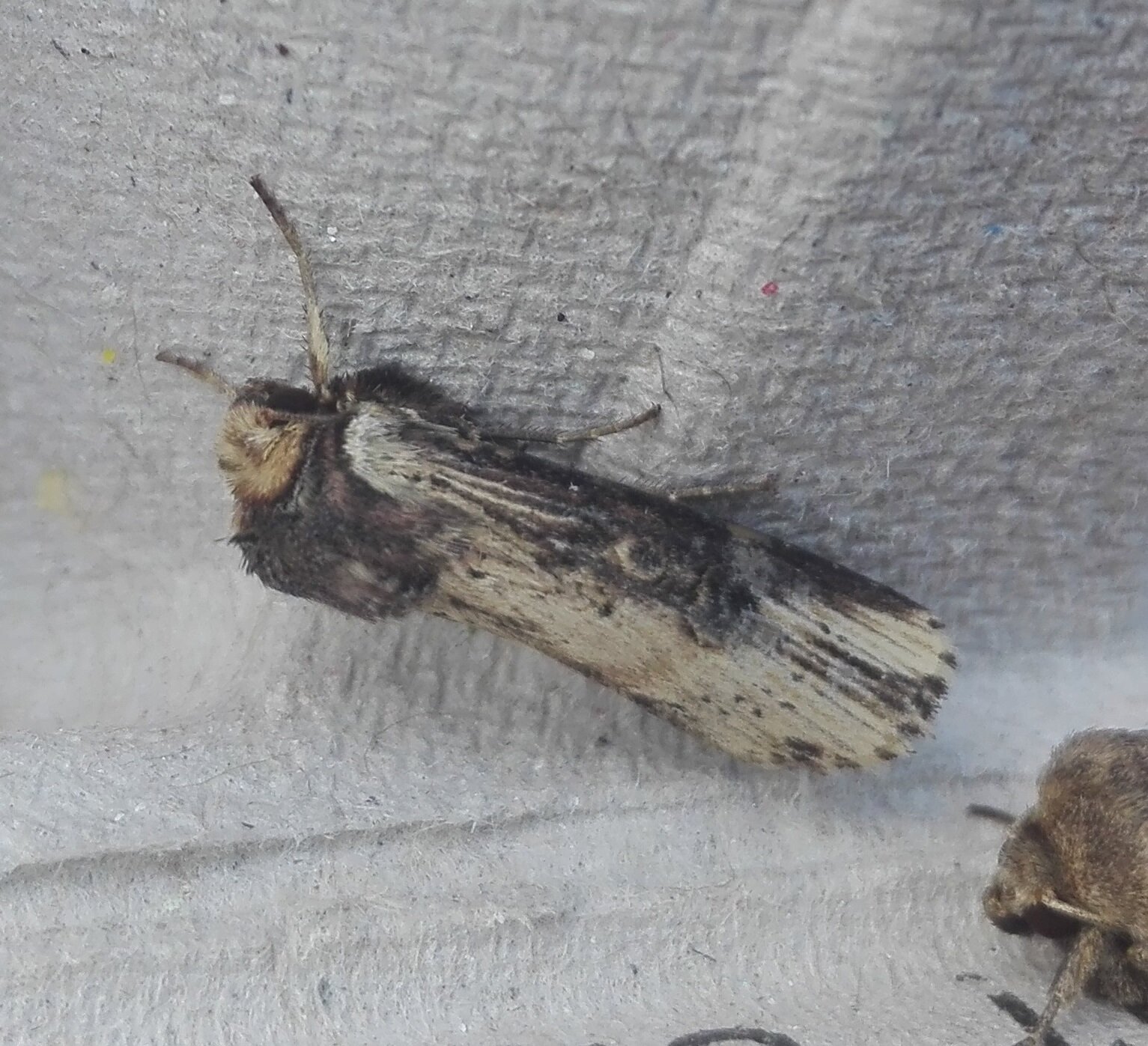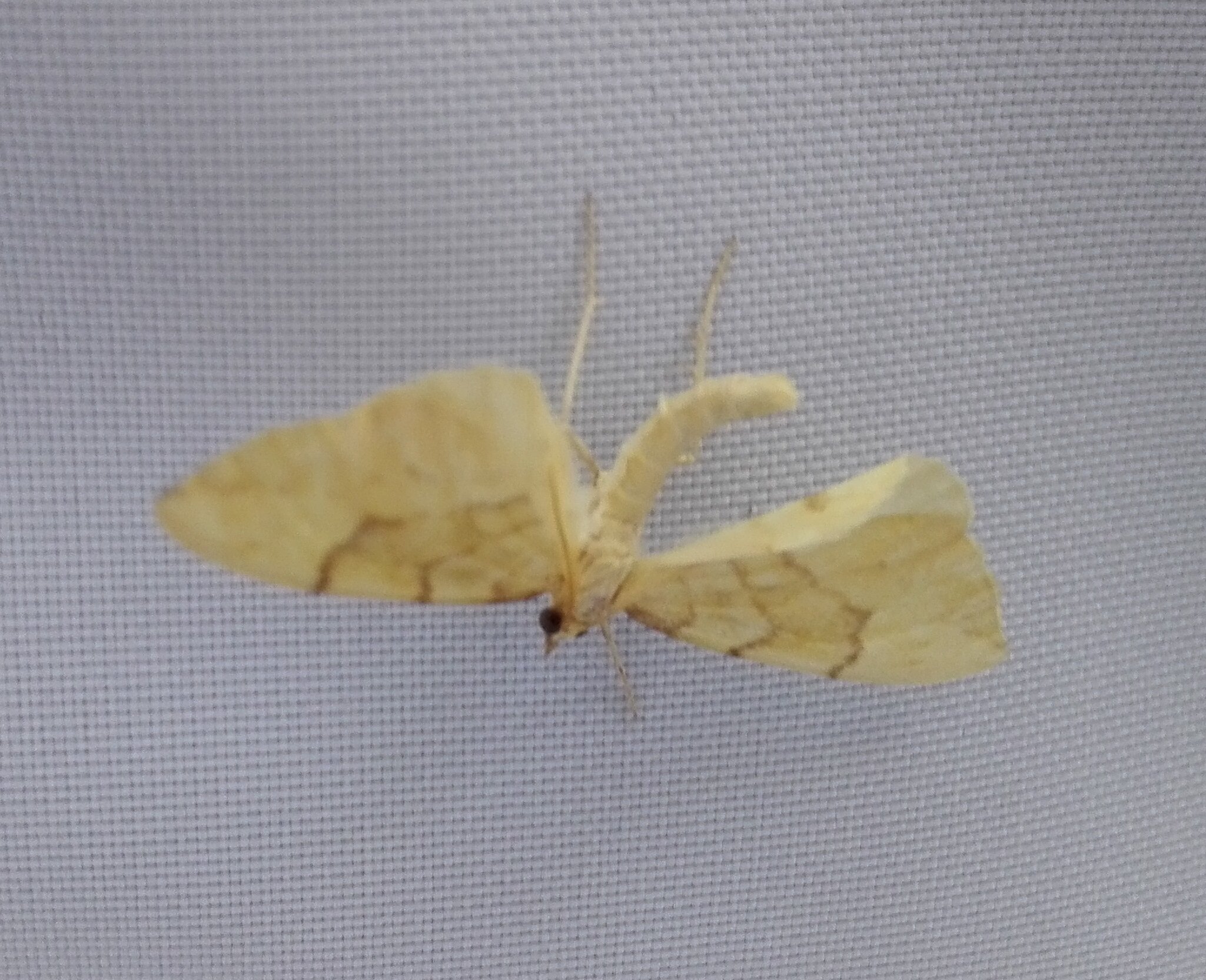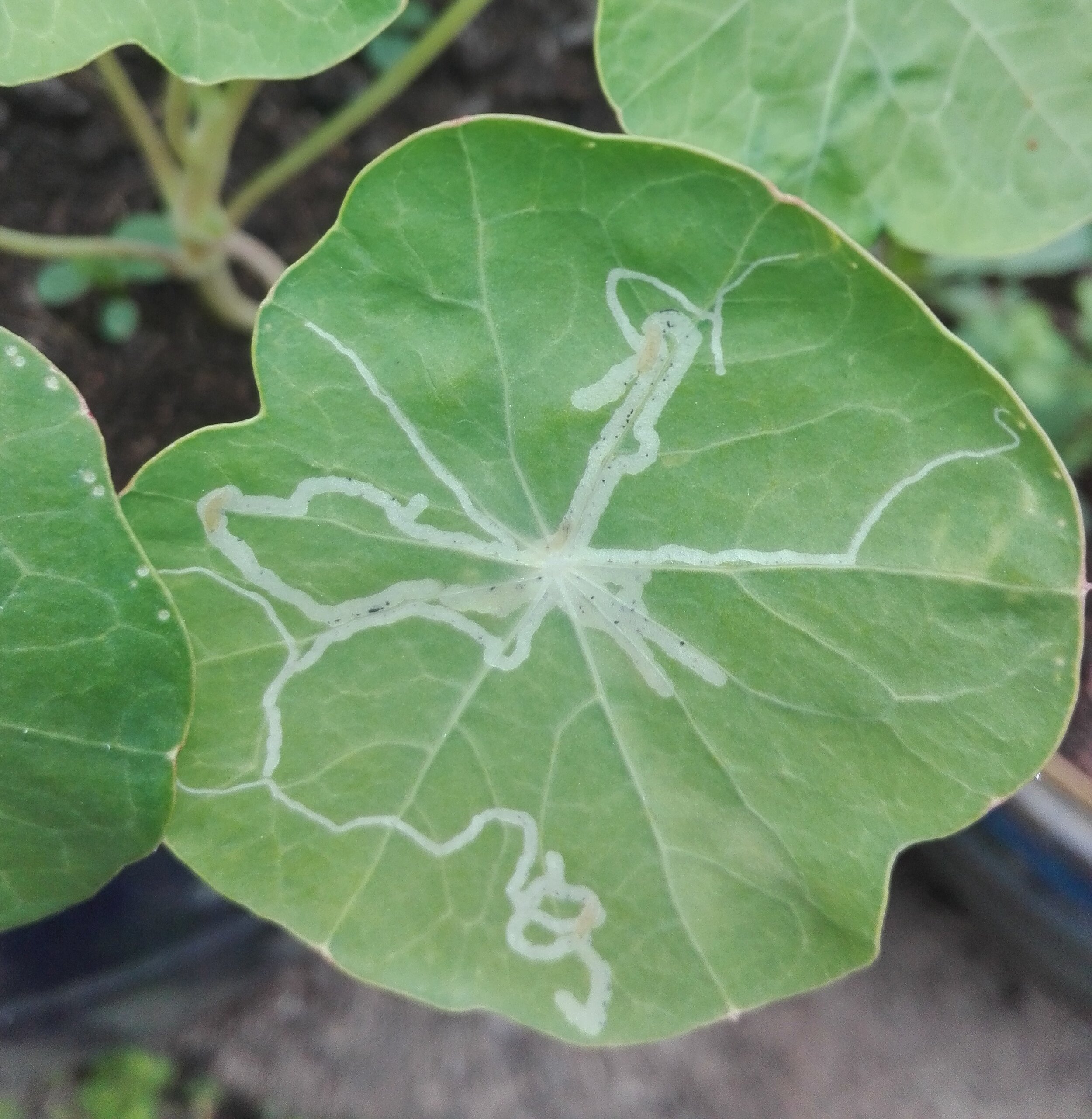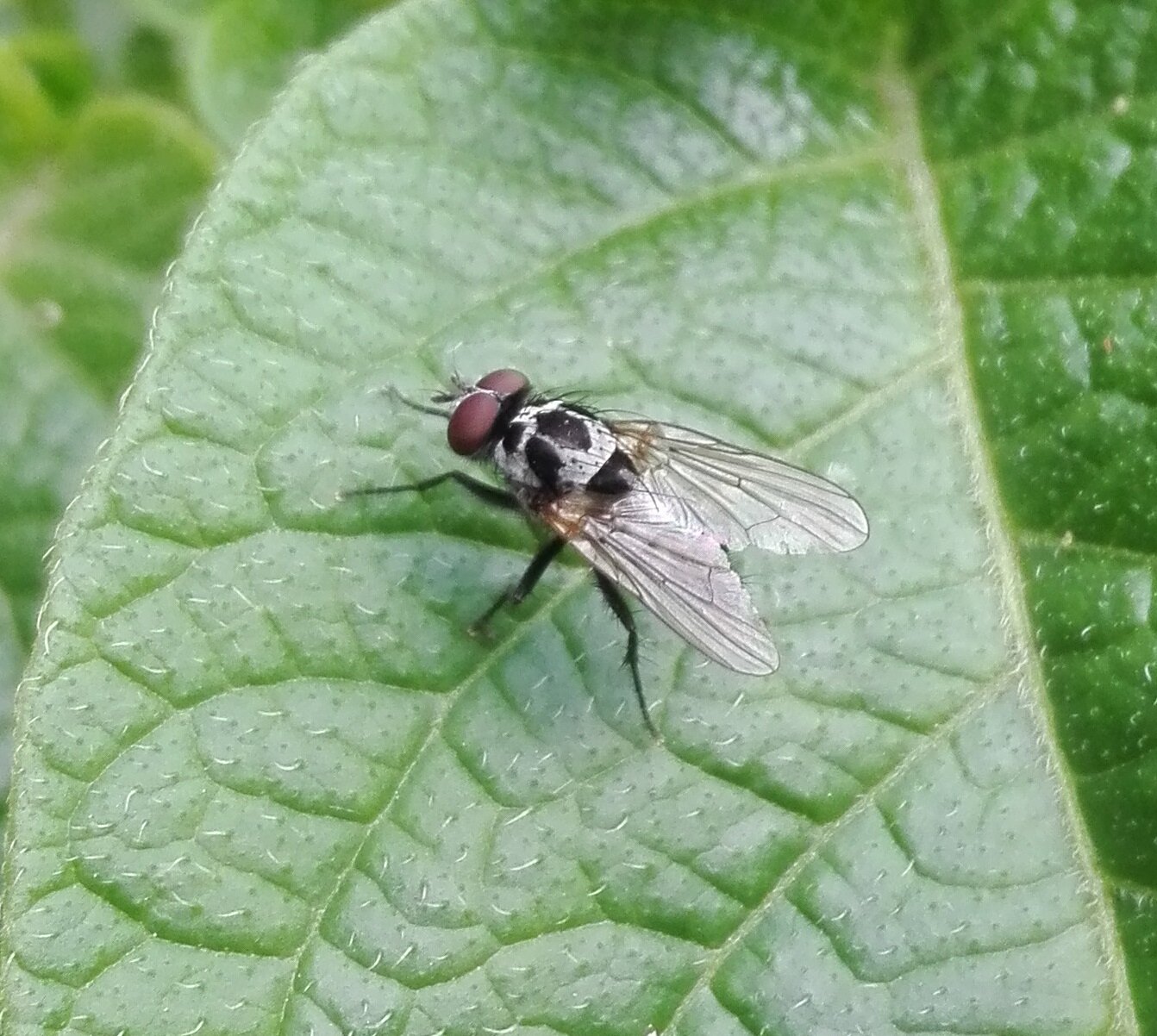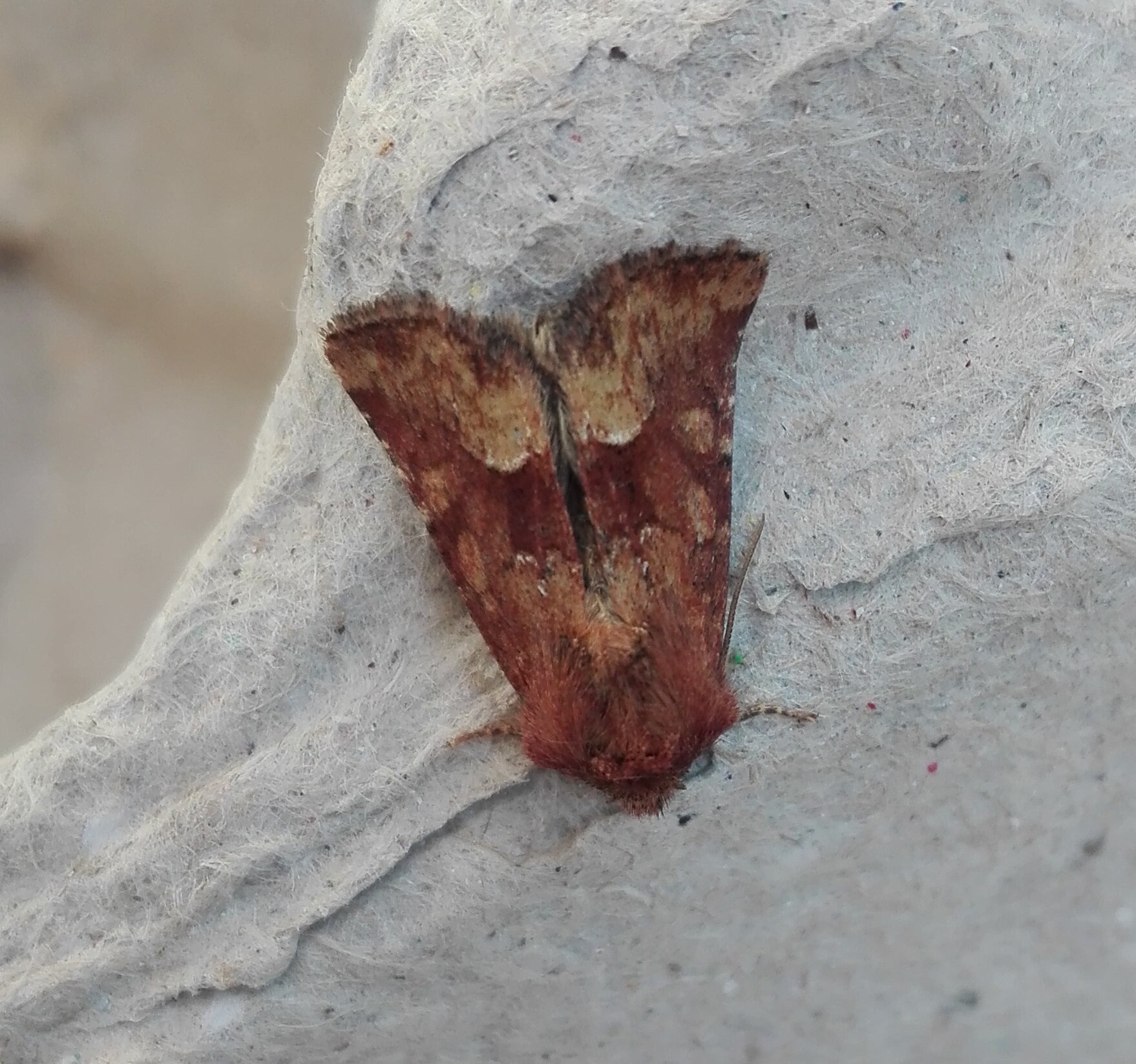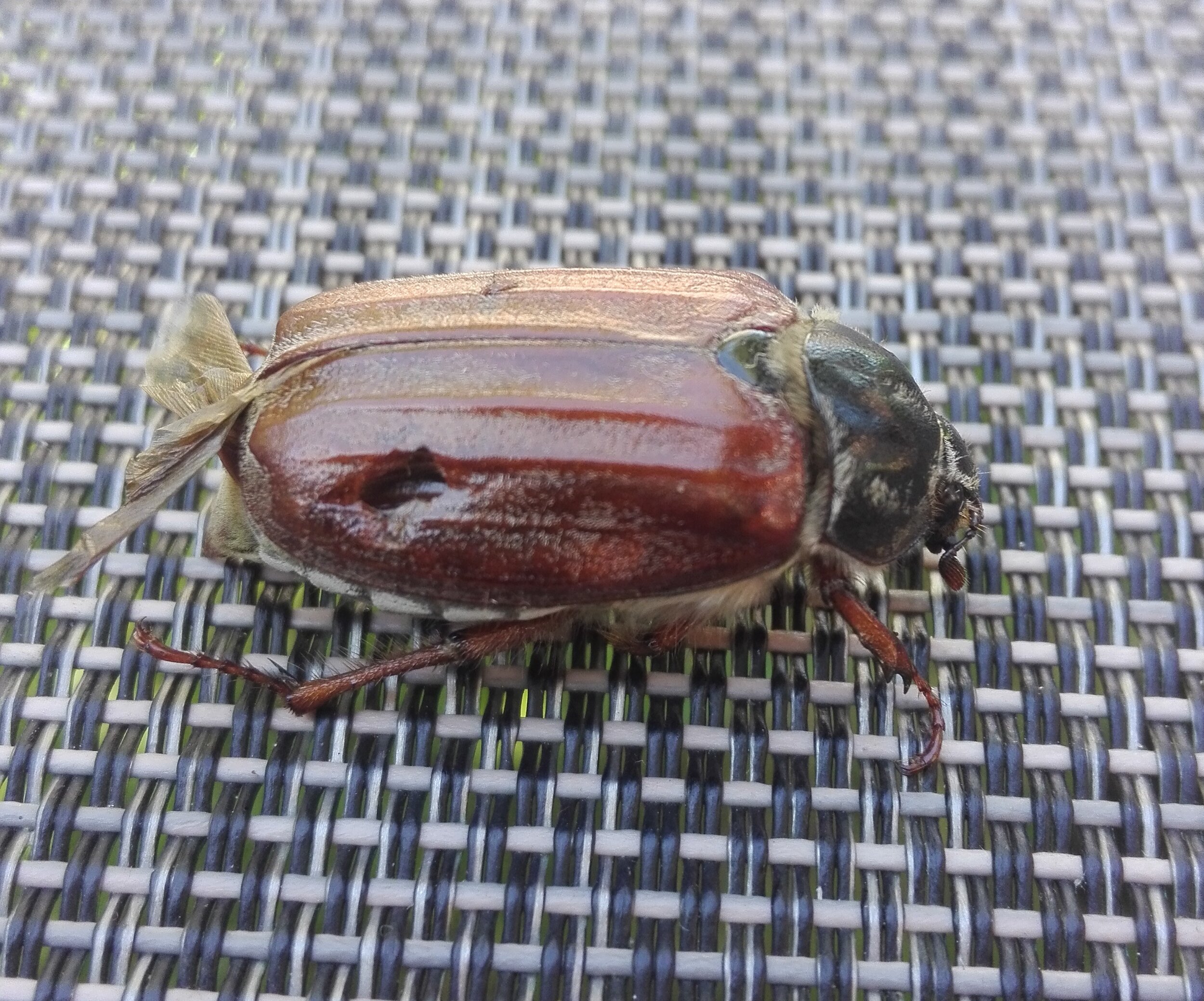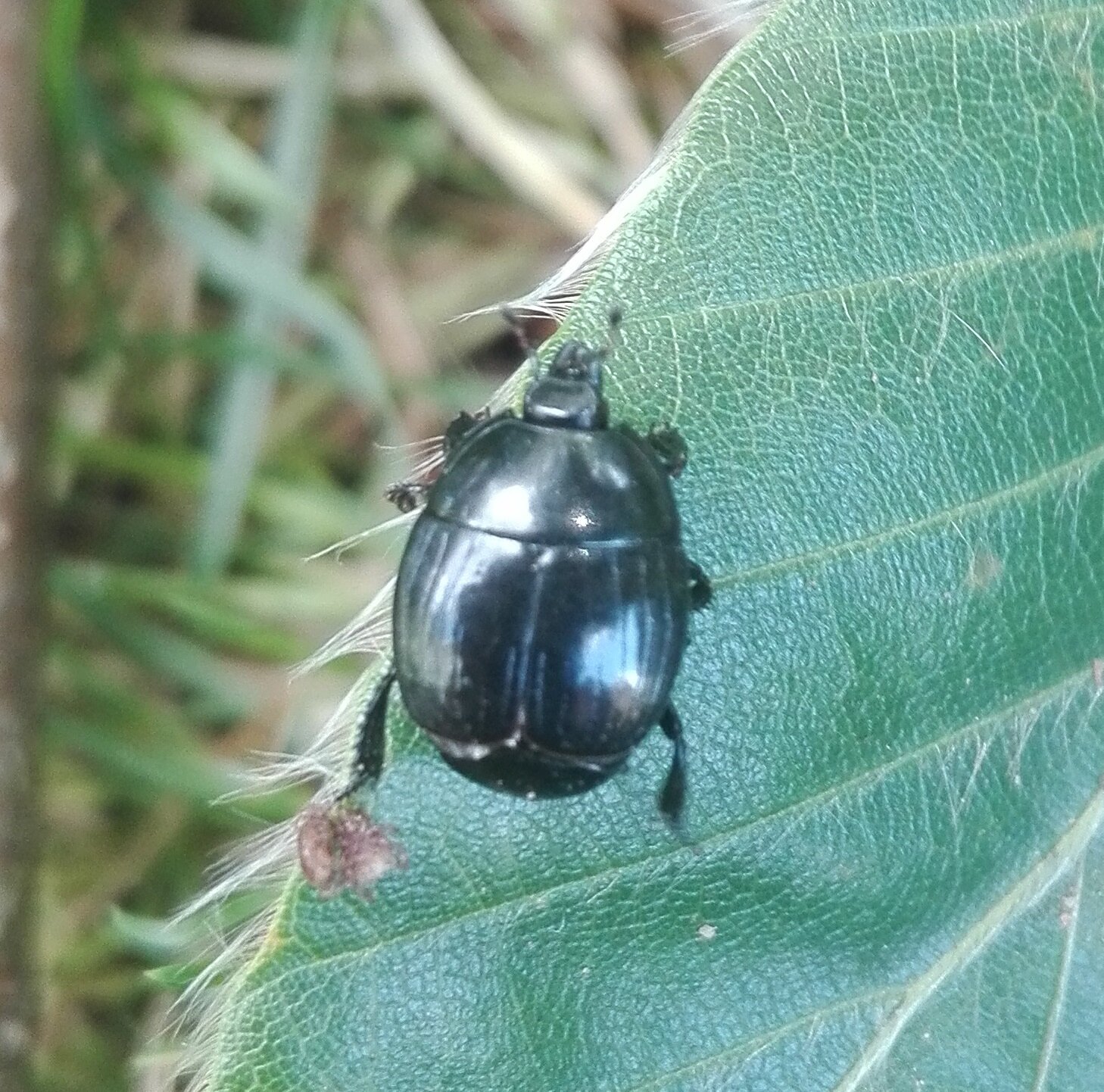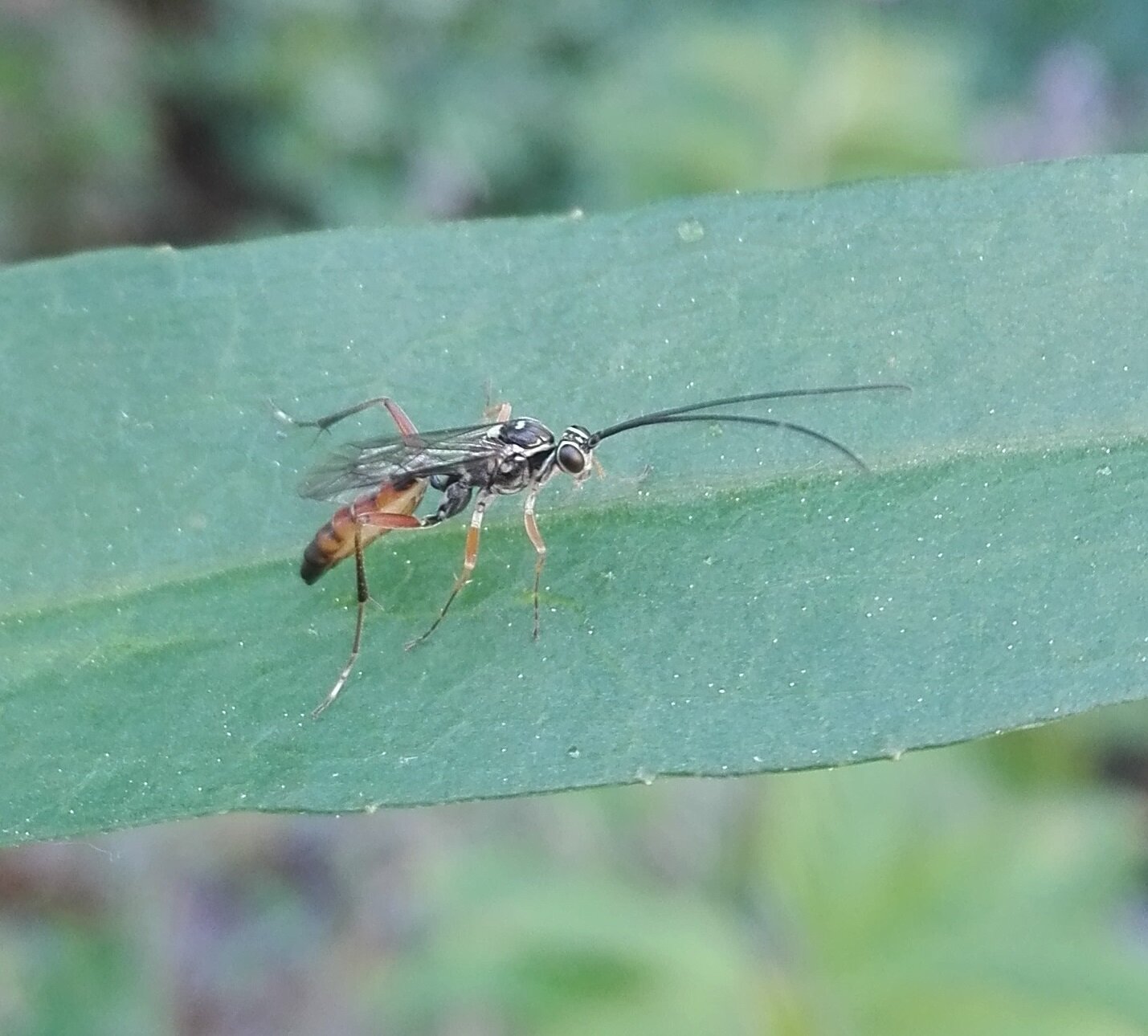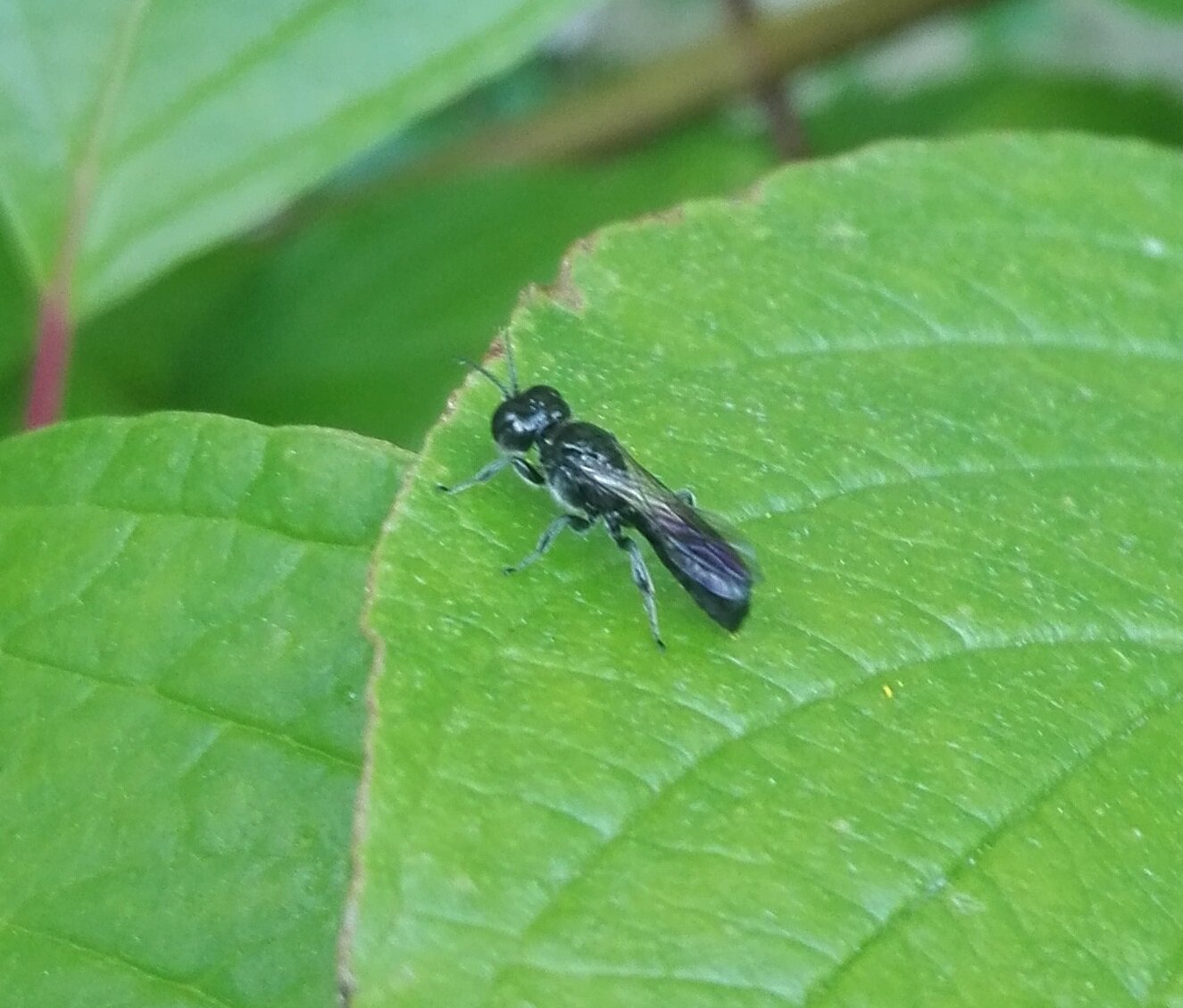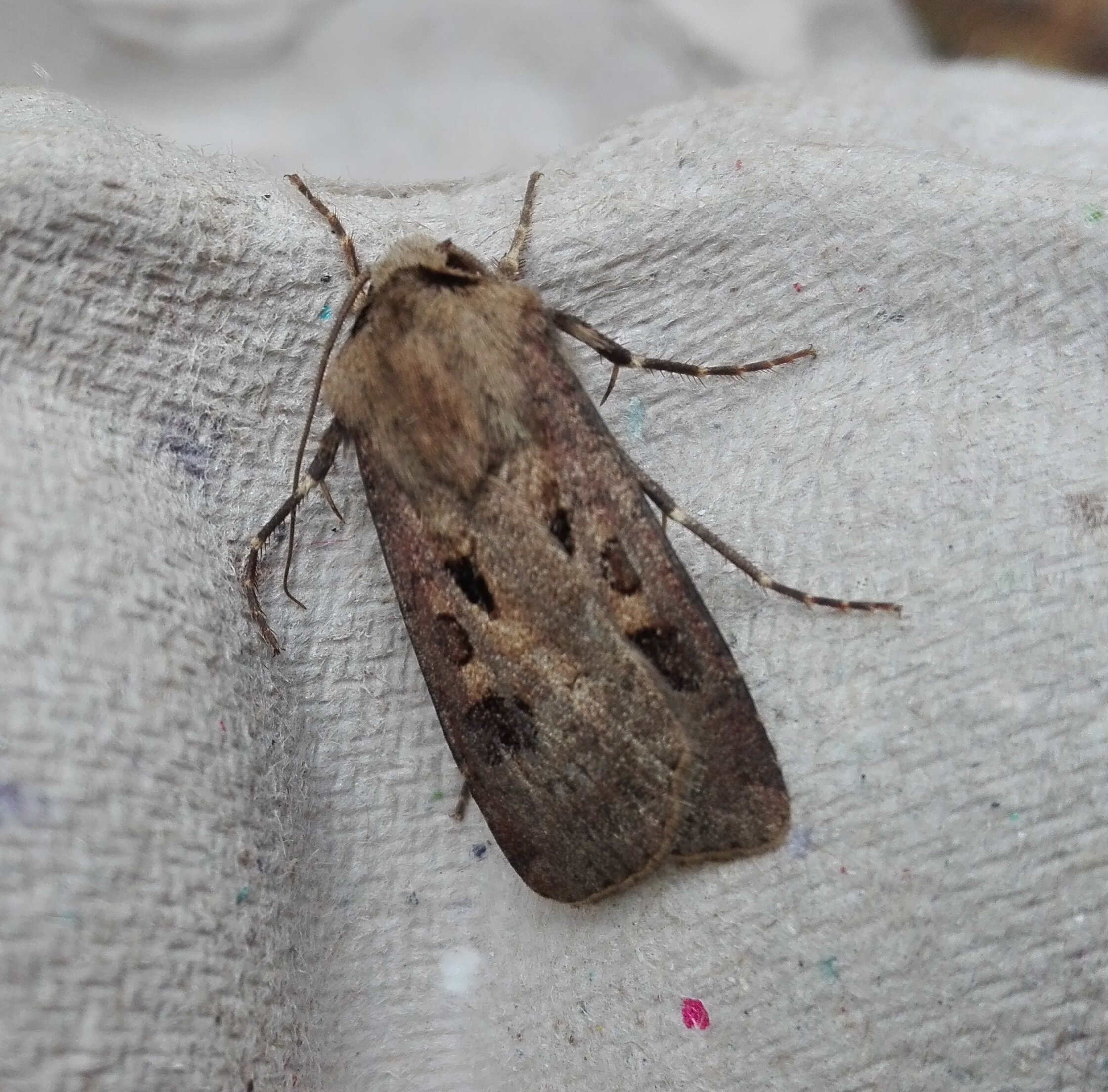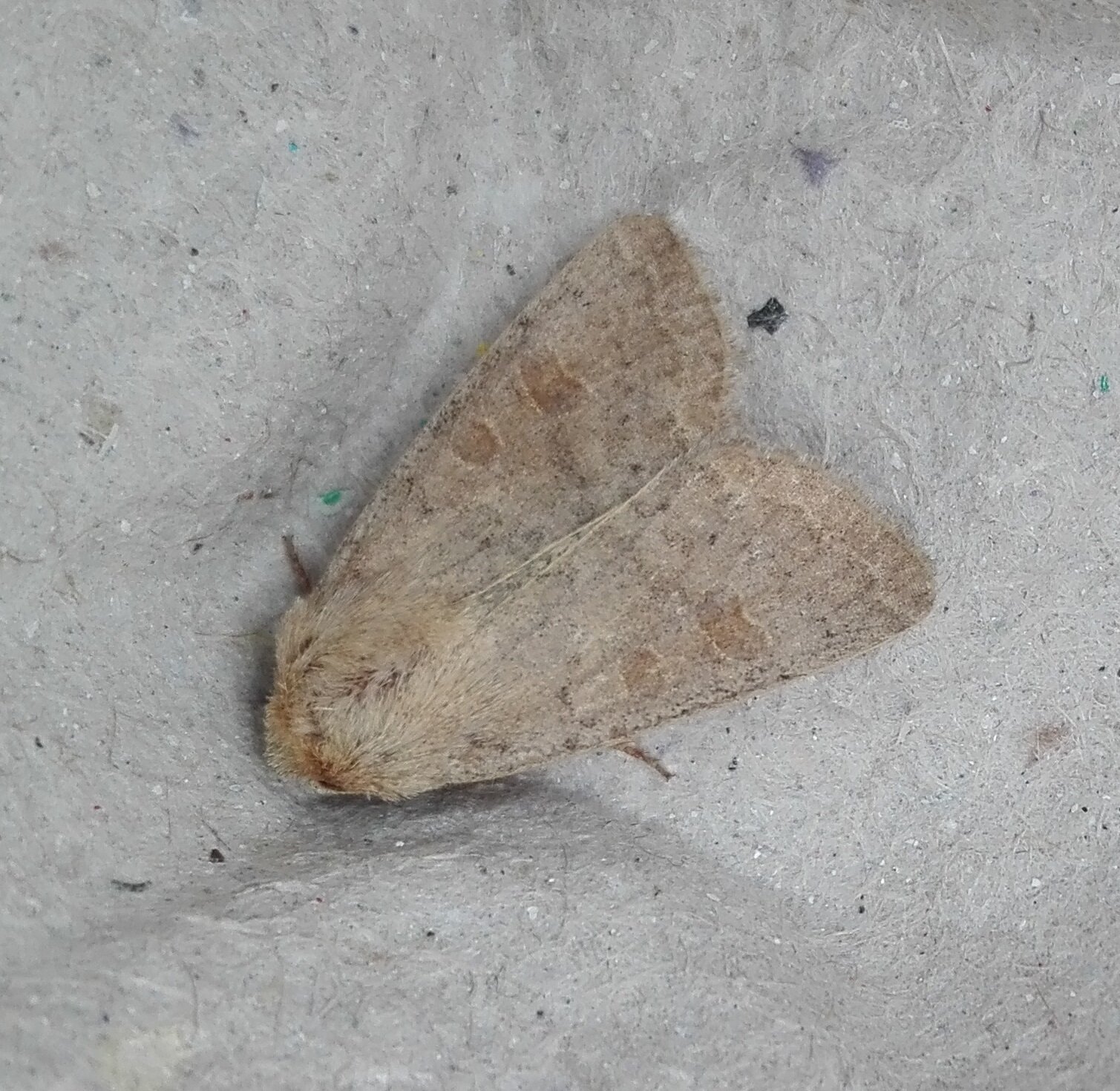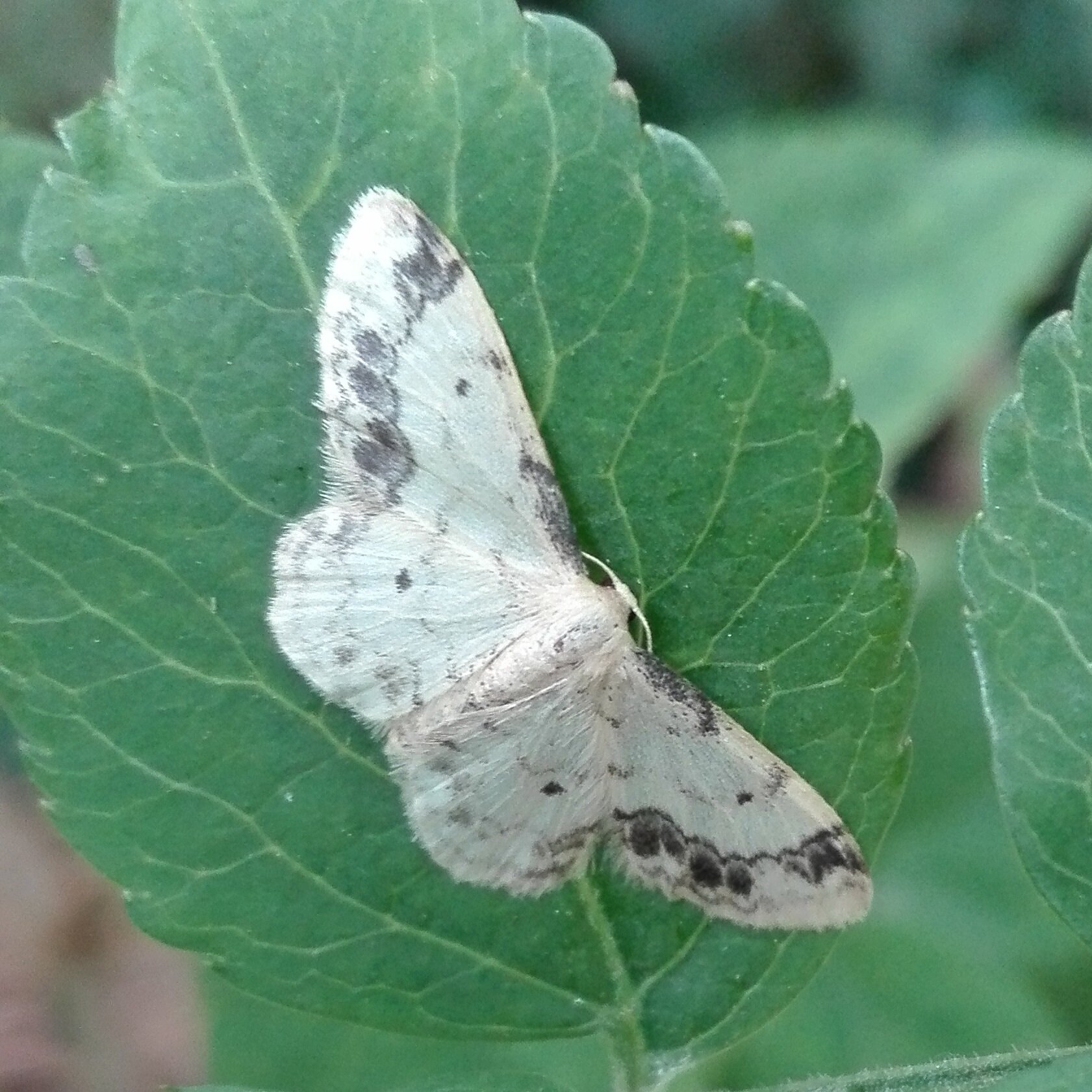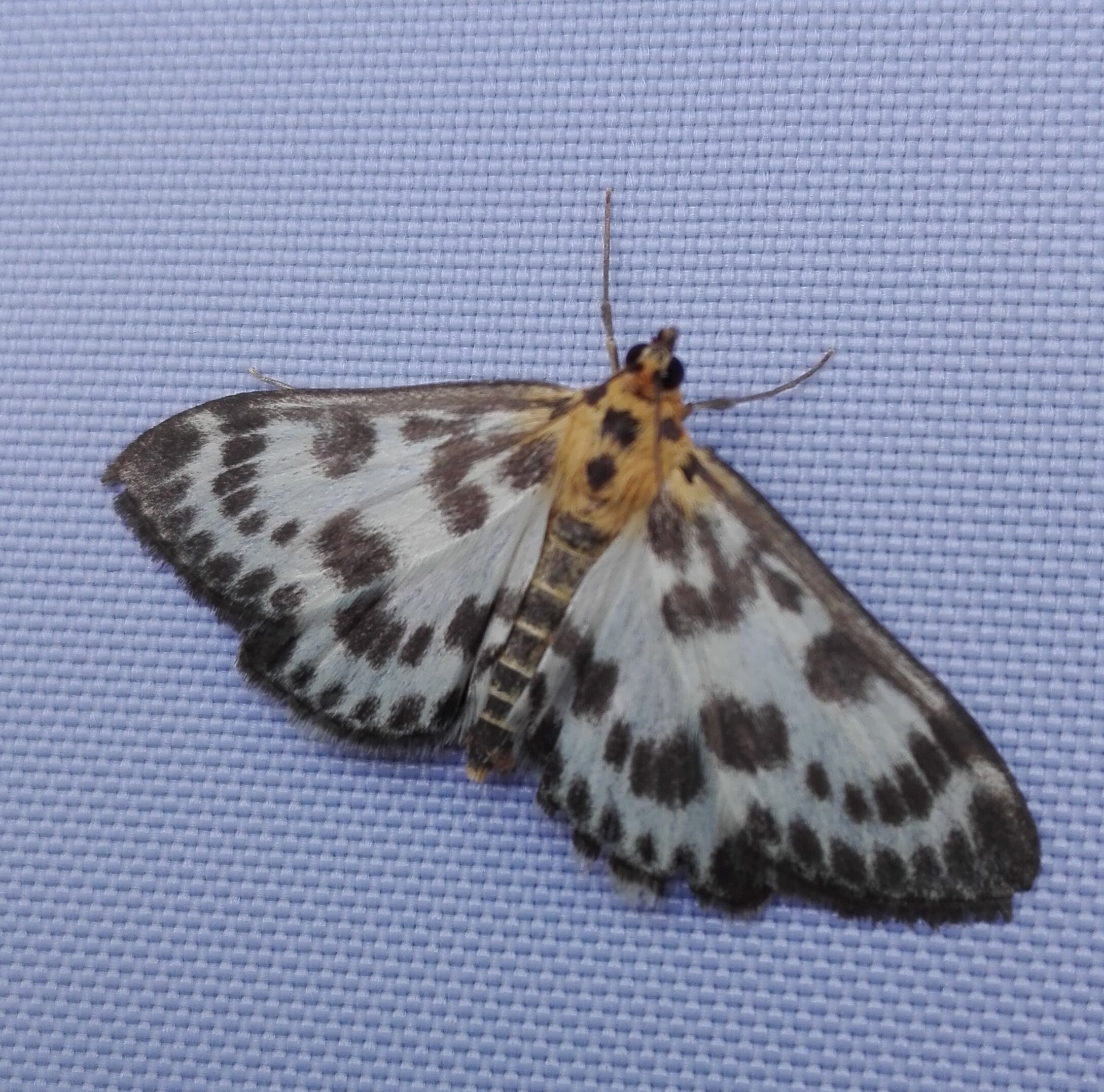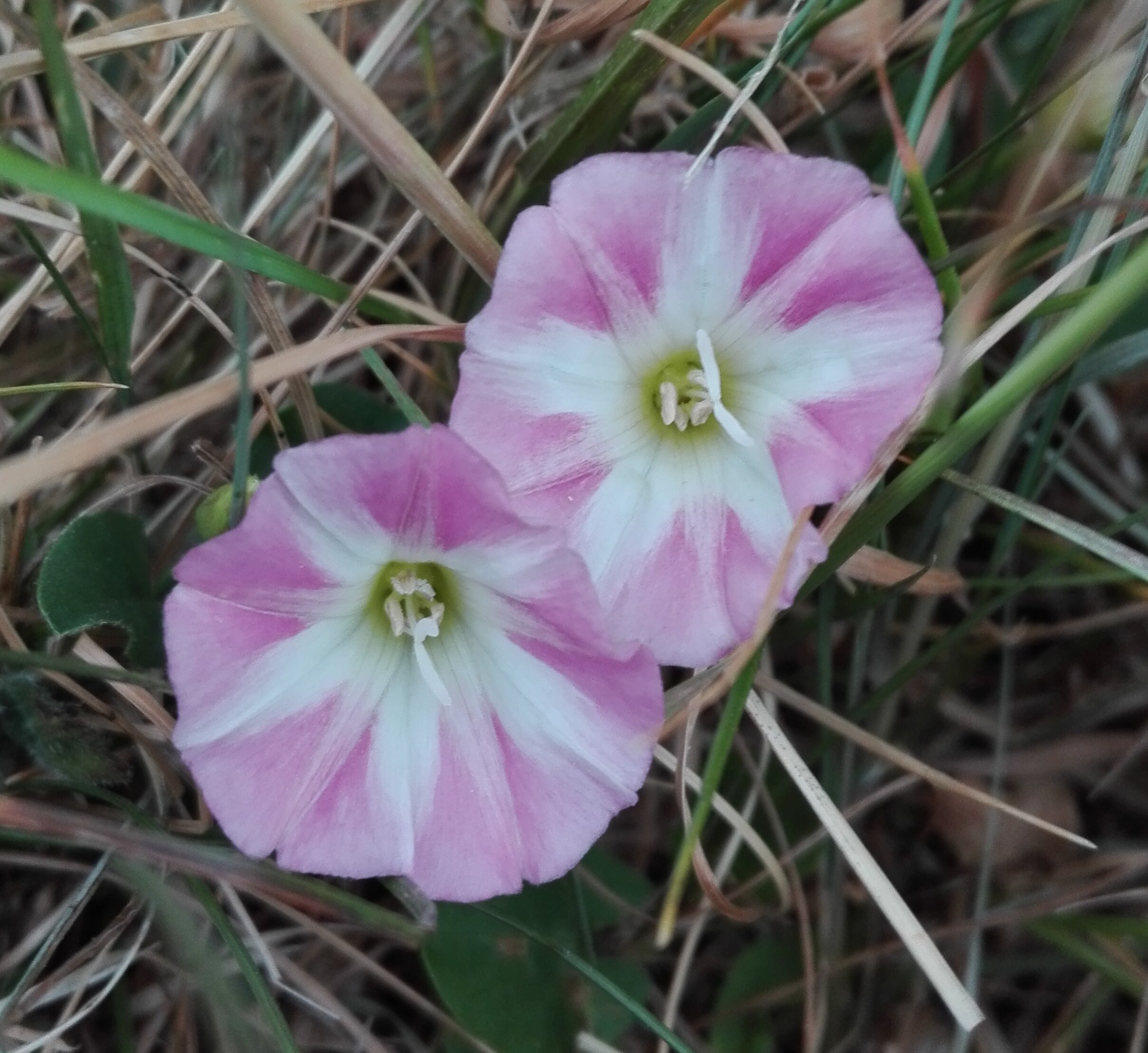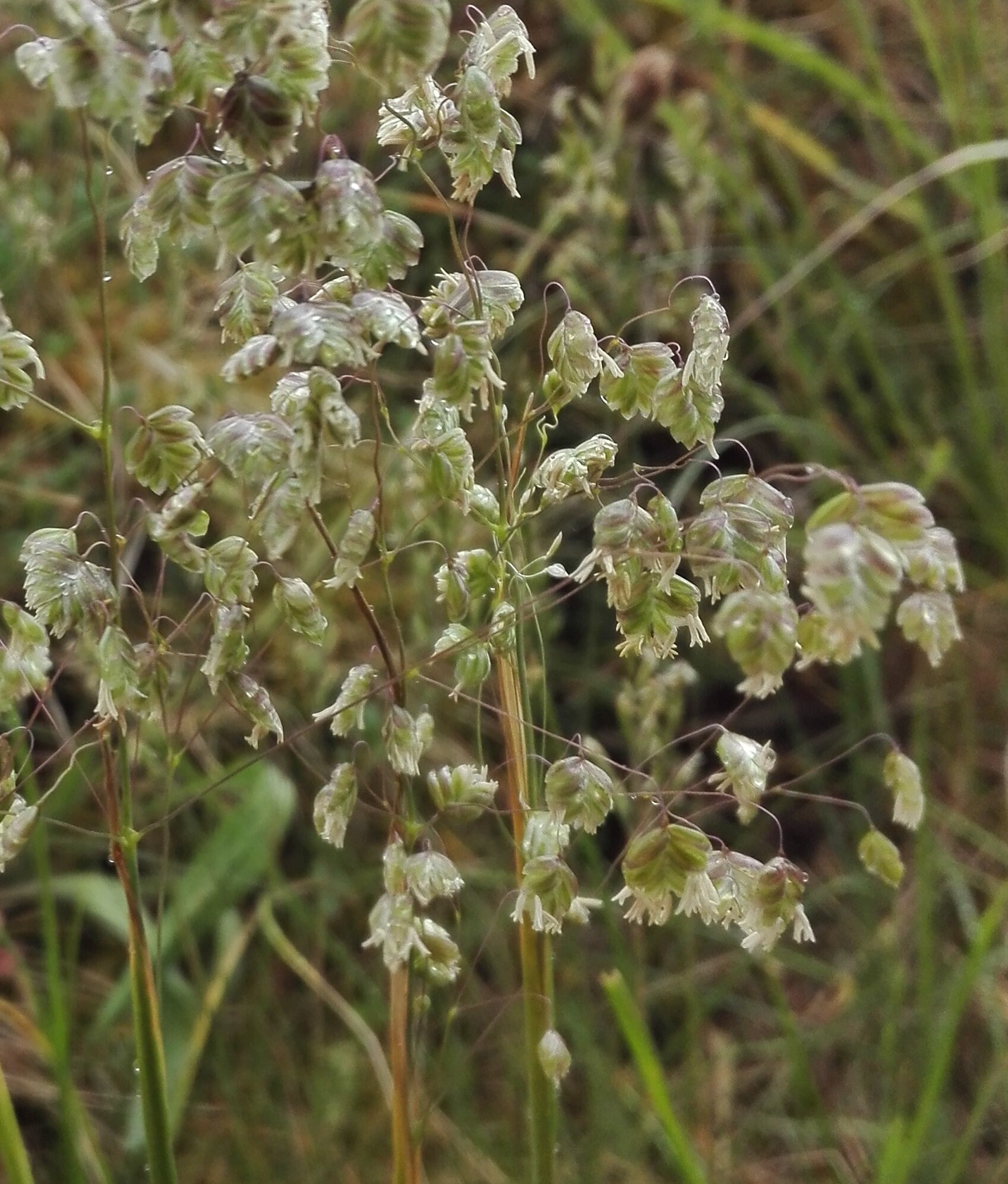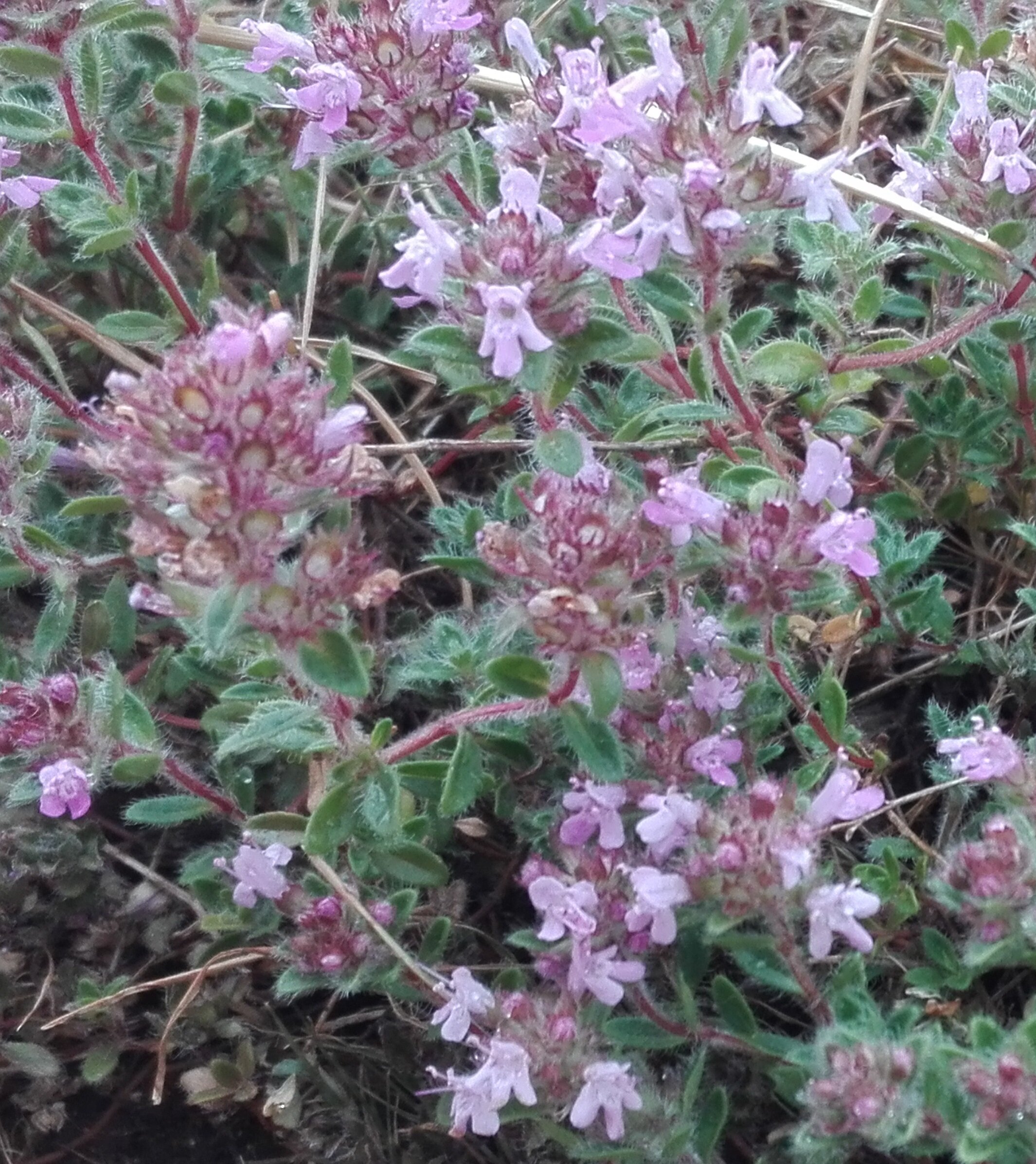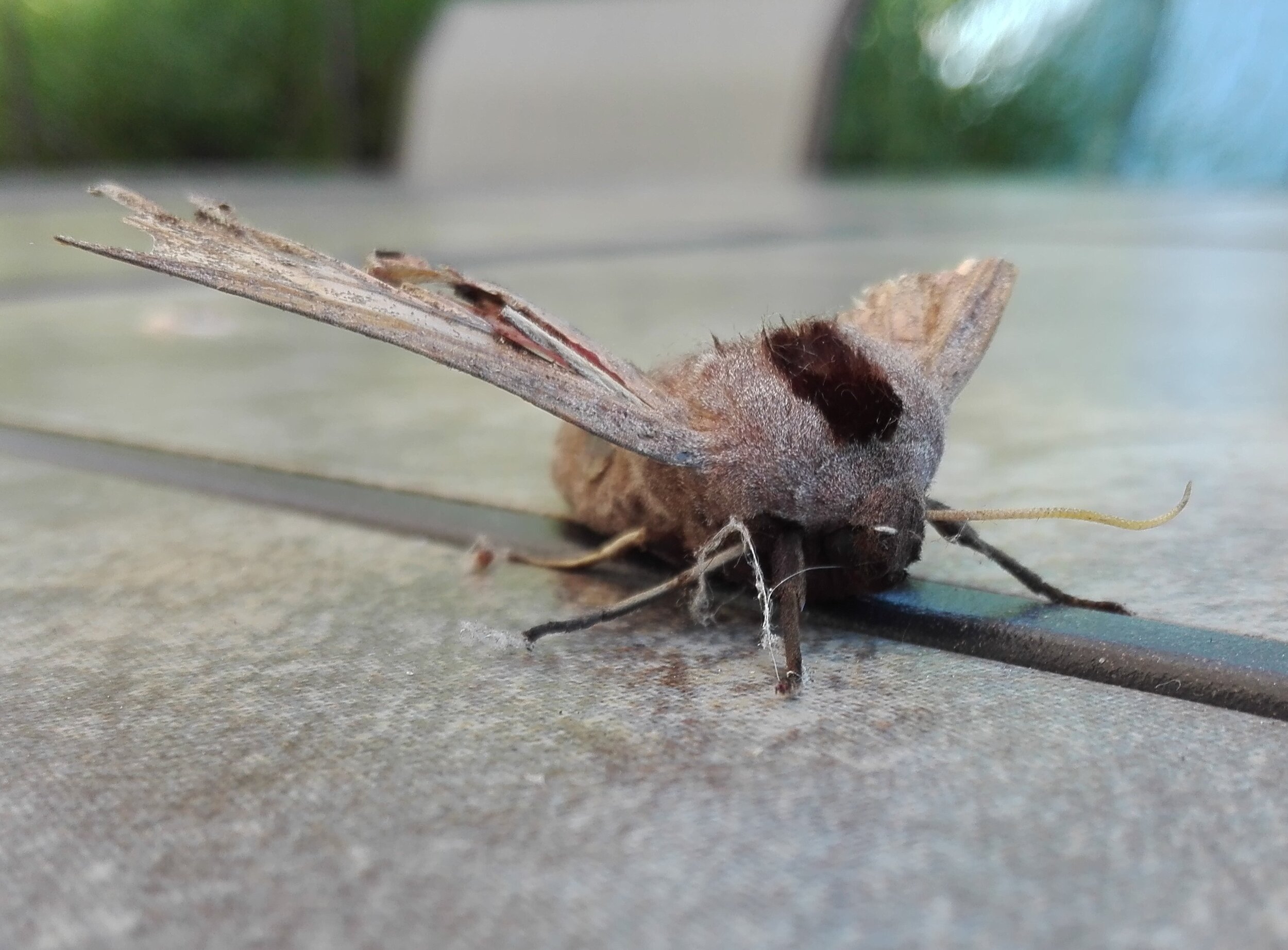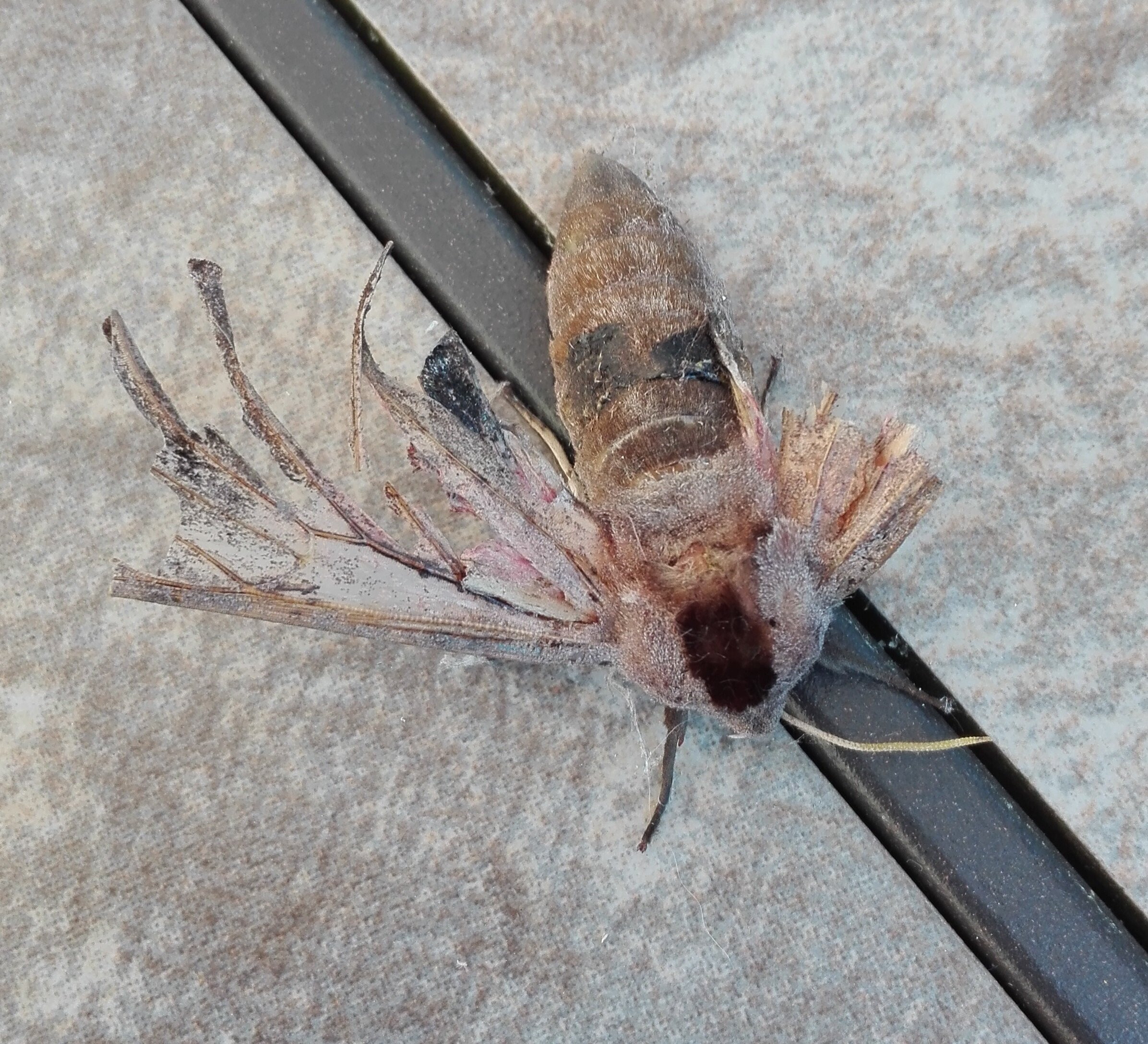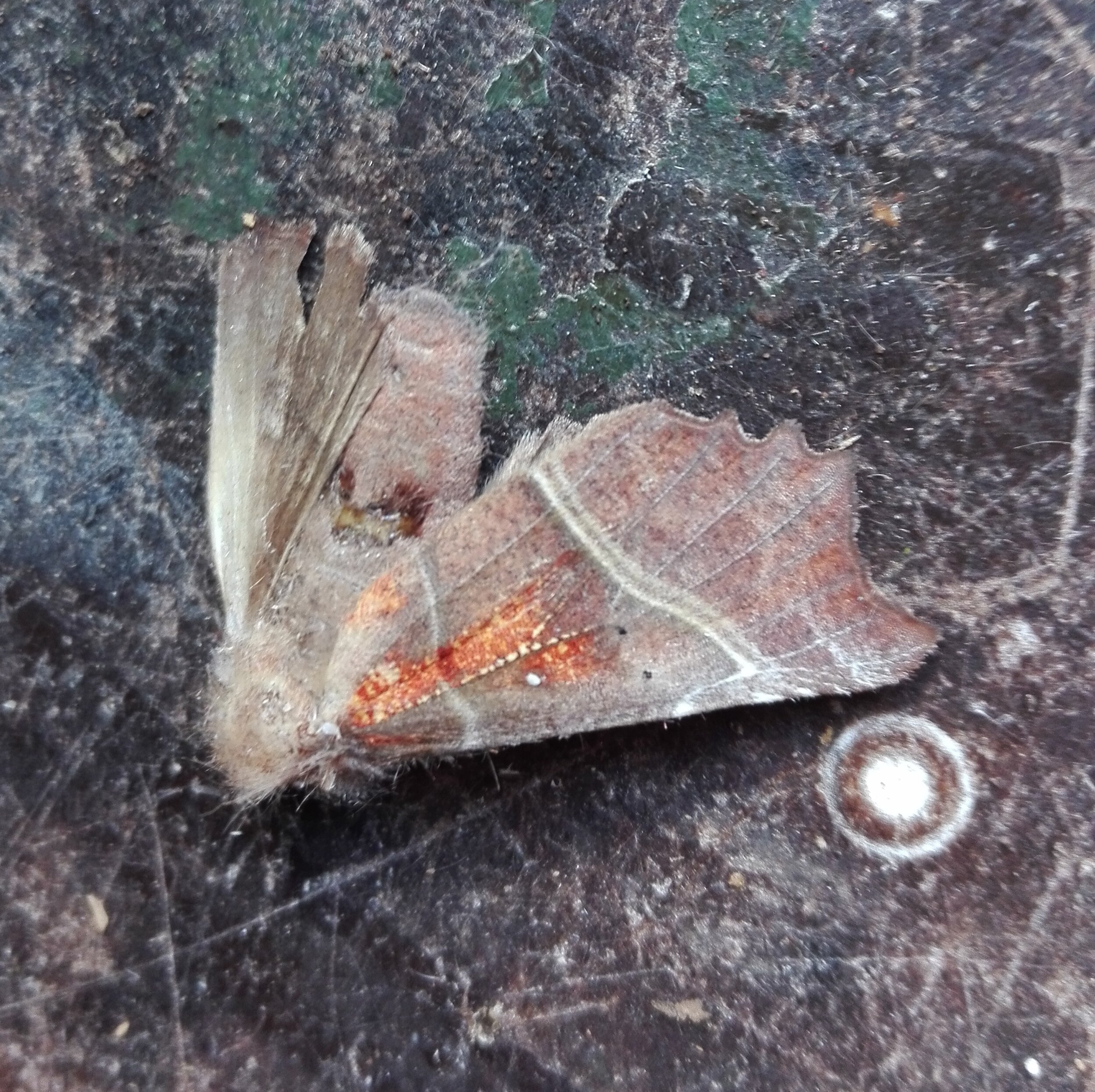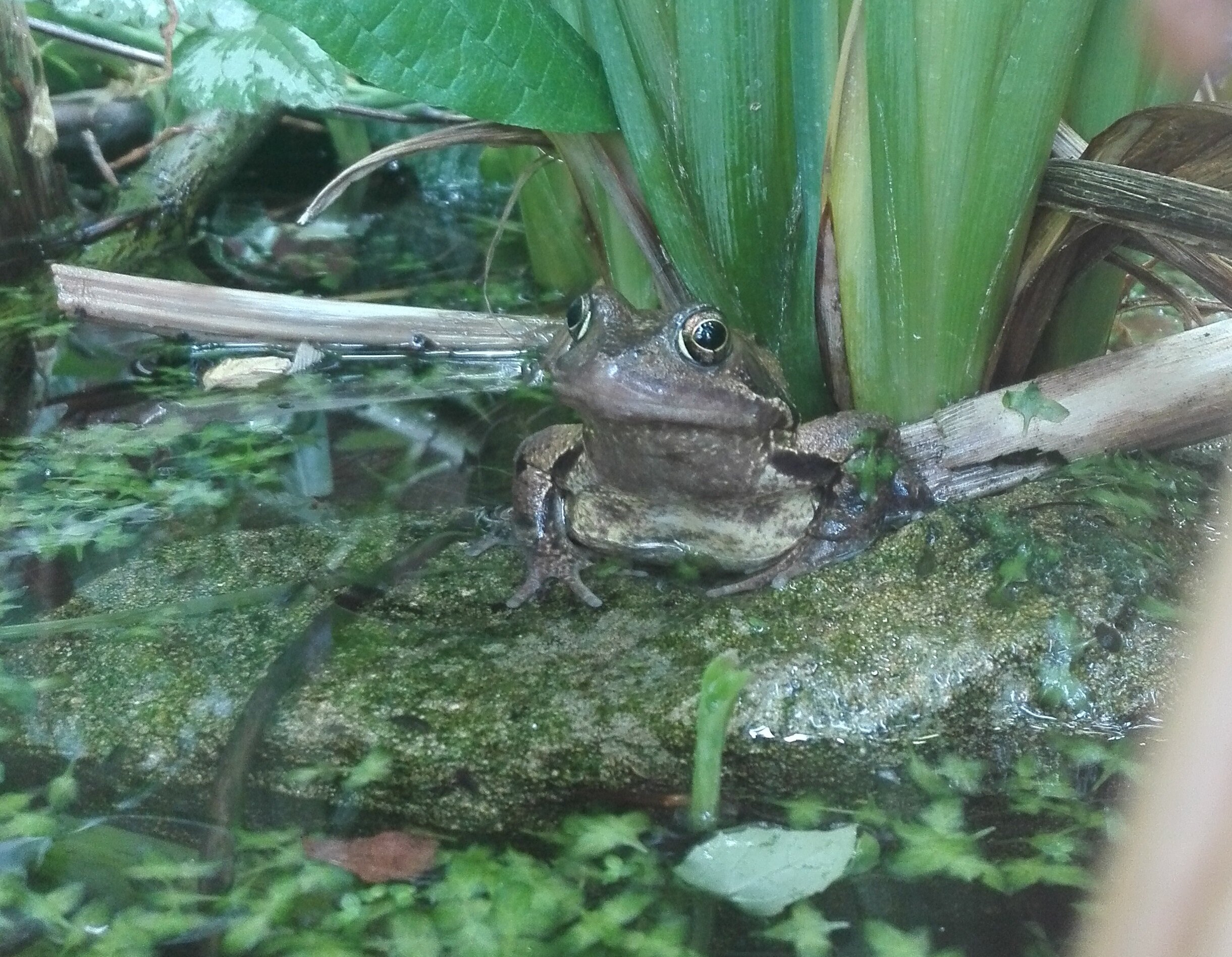Wolf's Milk
/I’m a bit frustrated with this one, as last week some alien looking pink/orange blobs looking like melted plastic appeared on a stump of dead wood. They didn’t look right for Coral Spot Fungus, at >1 cm across too big for sure, but thinking I had time I didn’t get a decent photo or check it out properly, and a couple of days later when I had time the orange was gone replaced by these brown spheres. After due research, it turns out that my fungus was in fact a slime mould, Wolf’s Milk (Lycogala terrestre), which is found on dead timber mostly from June through to November. It is sometimes called Toothpaste Slime, because when you puncture the orange blob fruiting body and squeeze a little toothpaste-like orange slime comes out; something I also missed the the opportunity to try…
#626 Wolf's Milk Slime Mould (Lycogala terrestre)


